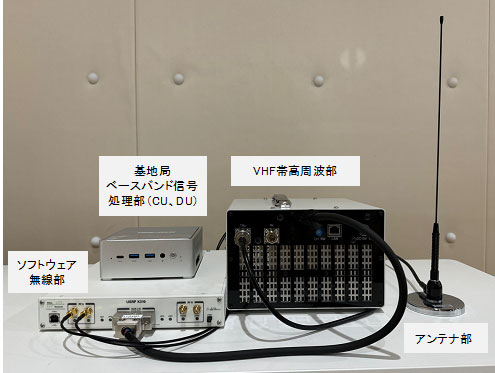2024-07-15 インペリアル・カレッジ・ロンドン(ICL)
 Artist’s impression of the atmosphere on exoplanet WASP-39b, Credit: NASA, ESA, CSA, R. Crawford (STScI)
Artist’s impression of the atmosphere on exoplanet WASP-39b, Credit: NASA, ESA, CSA, R. Crawford (STScI)
<関連情報>
- https://www.imperial.ac.uk/news/254857/morning-evening-detected-exoplanet/
- https://www.nature.com/articles/s41586-024-07768-4
太陽系外惑星WASP-39 bの非均質な朝夕境界部 Inhomogeneous terminators on the exoplanet WASP-39 b
Néstor Espinoza,Maria E. Steinrueck,James Kirk,Ryan J. MacDonald,Arjun B. Savel,Kenneth Arnold,Eliza M.-R. Kempton,Matthew M. Murphy,Ludmila Carone,Maria Zamyatina,David A. Lewis,Dominic Samra,Sven Kiefer,Emily Rauscher,Duncan Christie,Nathan Mayne,Christiane Helling,Zafar Rustamkulov,Vivien Parmentier,Erin M. May,Aarynn L. Carter,Xi Zhang,Mercedes López-Morales,Natalie Allen,… Nicolas Crouzet
Nature Published:15 July 2024
DOI:https://doi.org/10.1038/s41586-024-07768-4
We are providing an unedited version of this manuscript to give early access to its findings. Before final publication, the manuscript will undergo further editing. Please note there may be errors present which affect the content, and all legal disclaimers apply.
Abstract
Transmission spectroscopy has been a workhorse technique over the past two decades to constrain the physical and chemical properties of exoplanet atmospheres 1–5. One of its classical key assumptions is that the portion of the atmosphere it probes — the terminator region — is homogeneous. Several works in the past decade, however, have put this into question for highly irradiated, hot (Teq ≳ 1000 K) gas giant exoplanets both empirically 6–10 and via 3-dimensional modelling 11–17. While models predict clear differences between the evening (day-to-night) and morning (night-to-day) terminators, direct morning/evening transmission spectra in a wide wavelength range has not been reported for an exoplanet to date. Under the assumption of precise and accurate orbital parameters on WASP-39 b, here we report the detection of inhomogeneous terminators on the exoplanet WASP-39 b, which allows us to retrieve its morning and evening transmission spectra in the near-infrared (2 − 5 μm) using JWST. We observe larger transit depths in the evening which are, on average, 405±88 ppm larger than the morning ones, also having qualitatively larger features than the morning spectrum. The spectra are best explained by models in which the evening terminator is hotter than the morning terminator by 177+65−57 K with both terminators having C/O ratios consistent with solar. General circulation models (GCMs) predict temperature differences broadly consistent with the above value and point towards a cloudy morning terminator and a clearer evening terminator.



